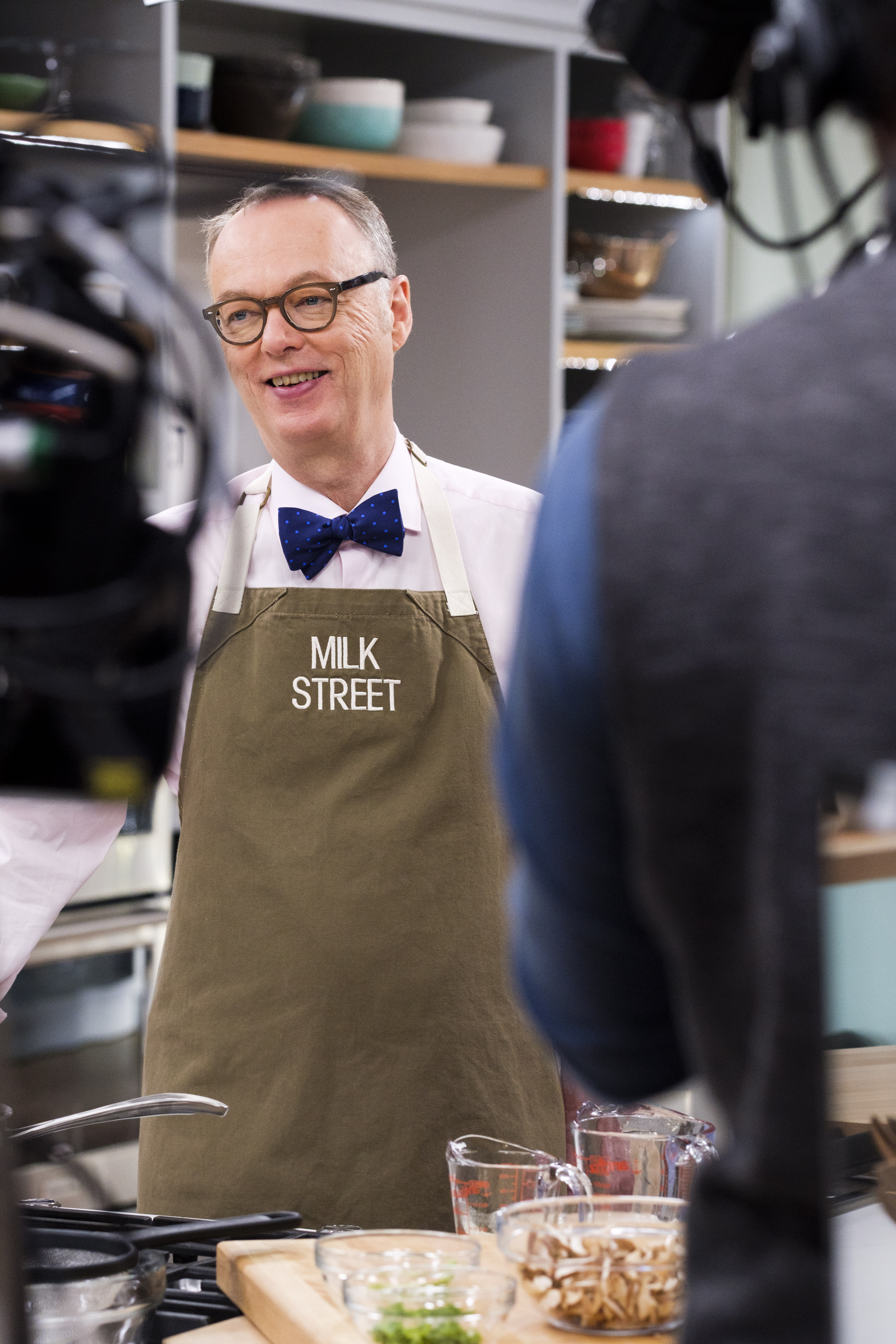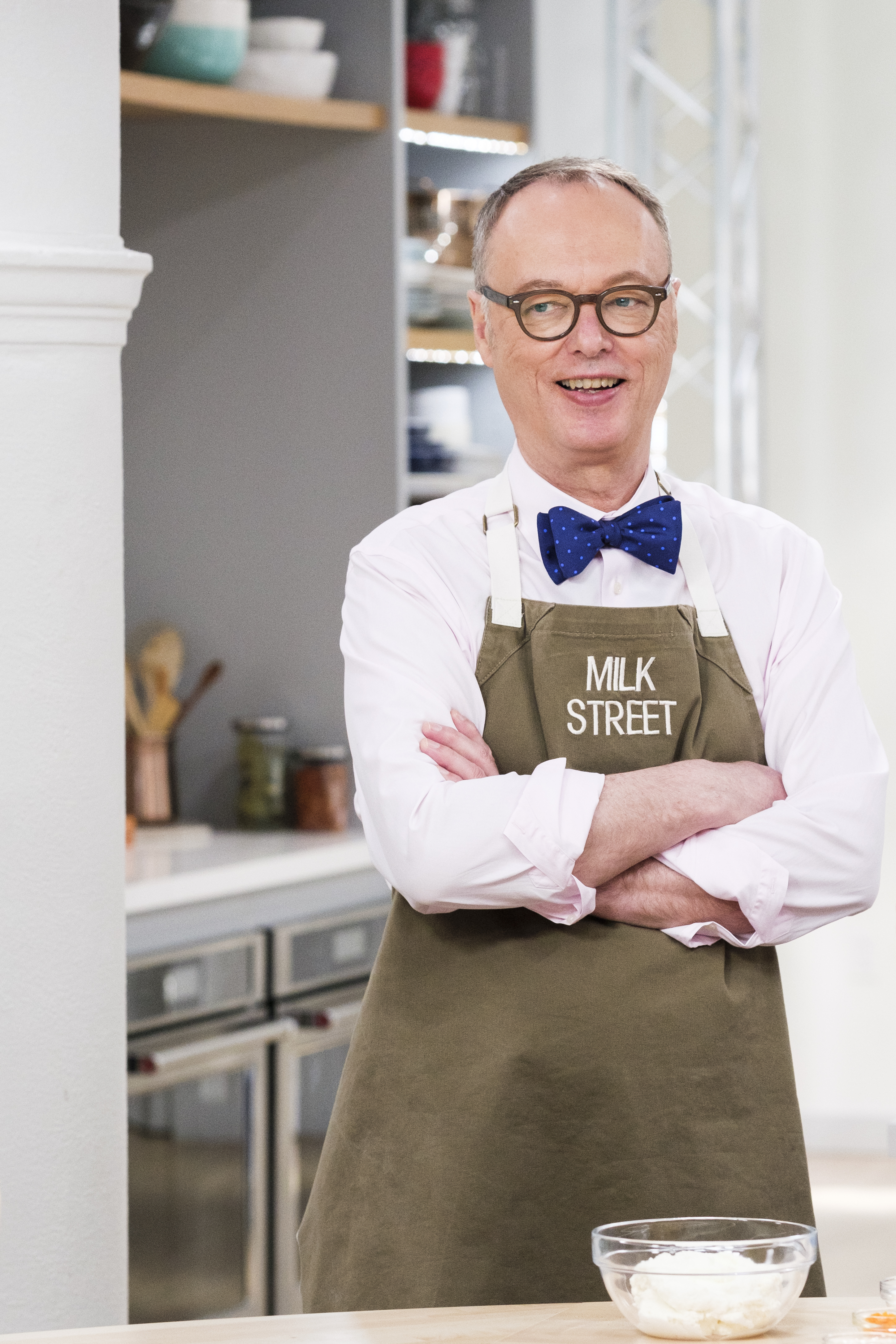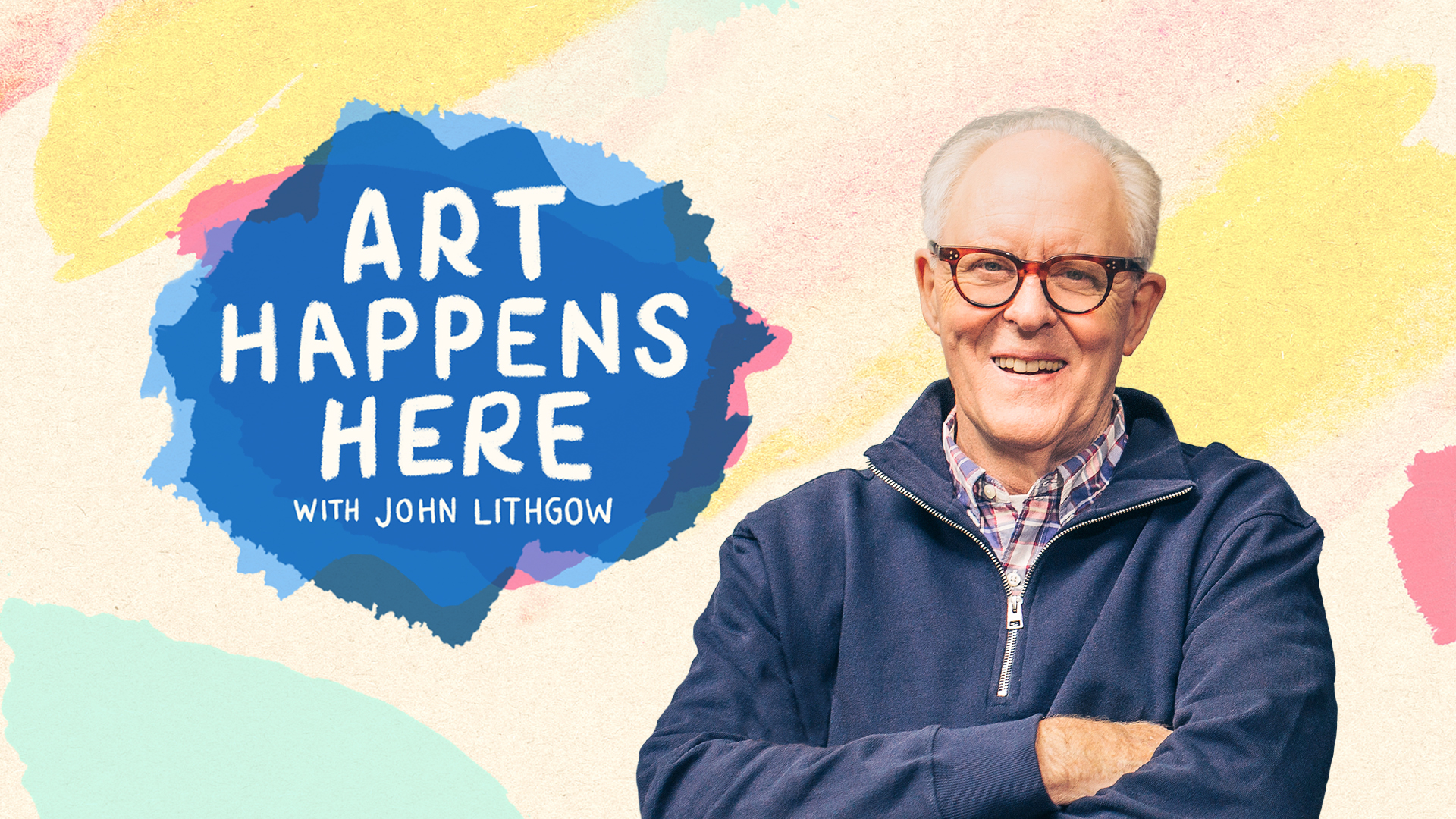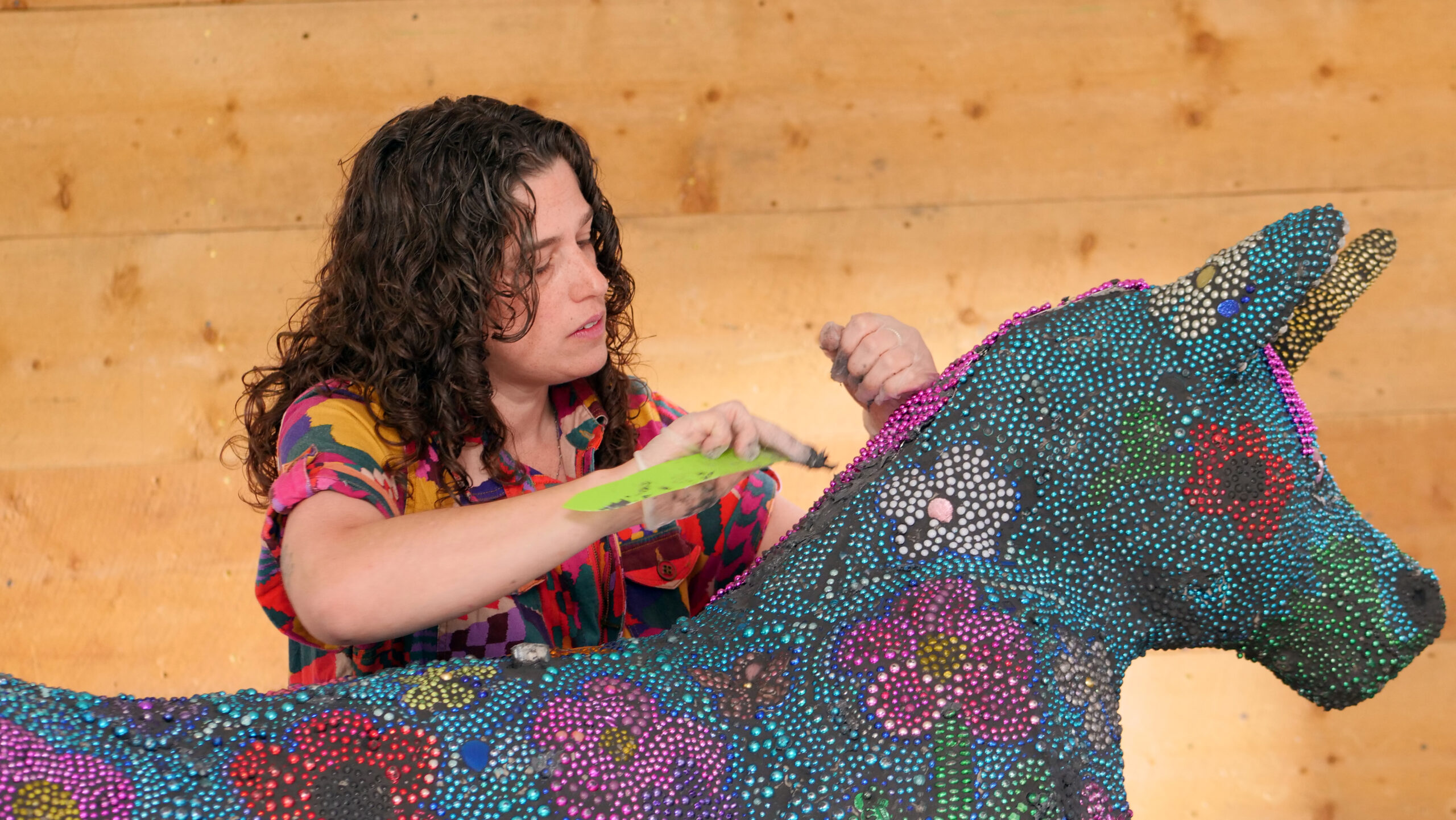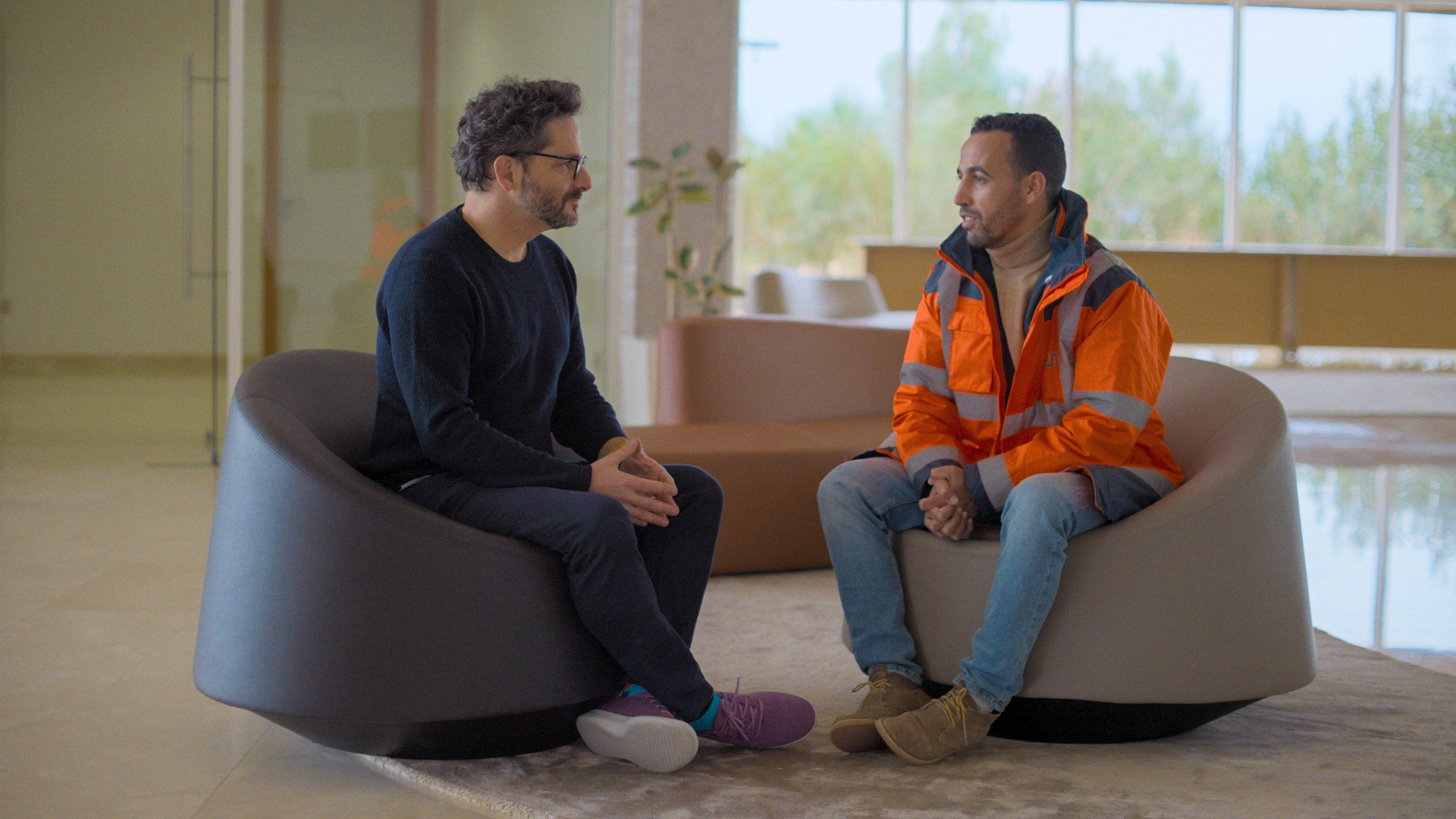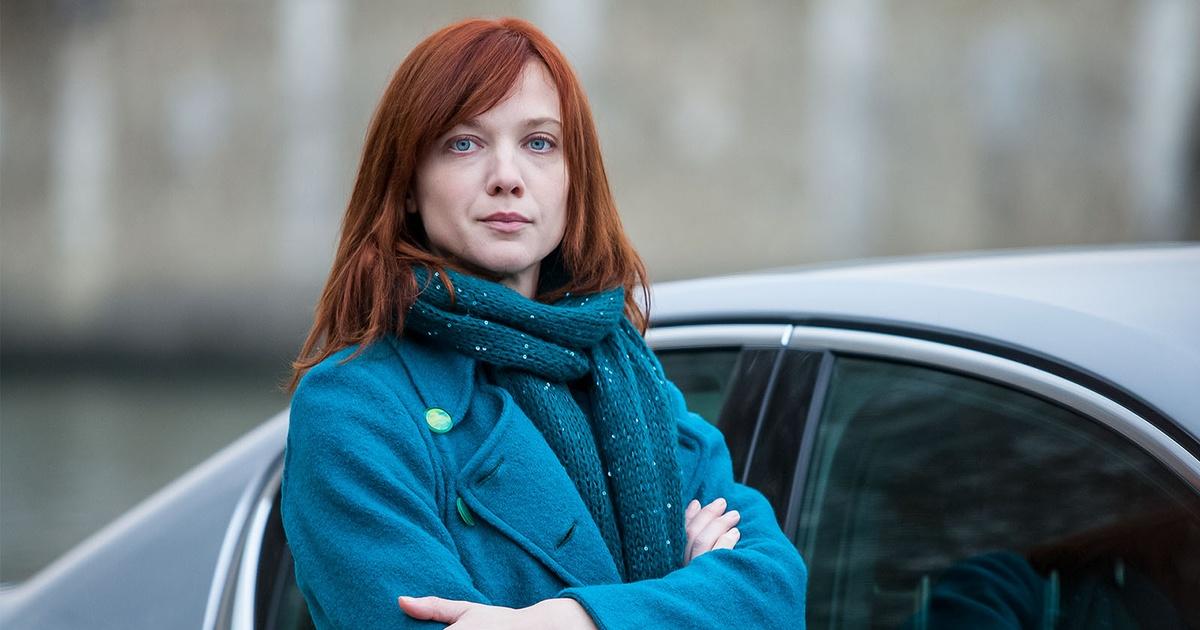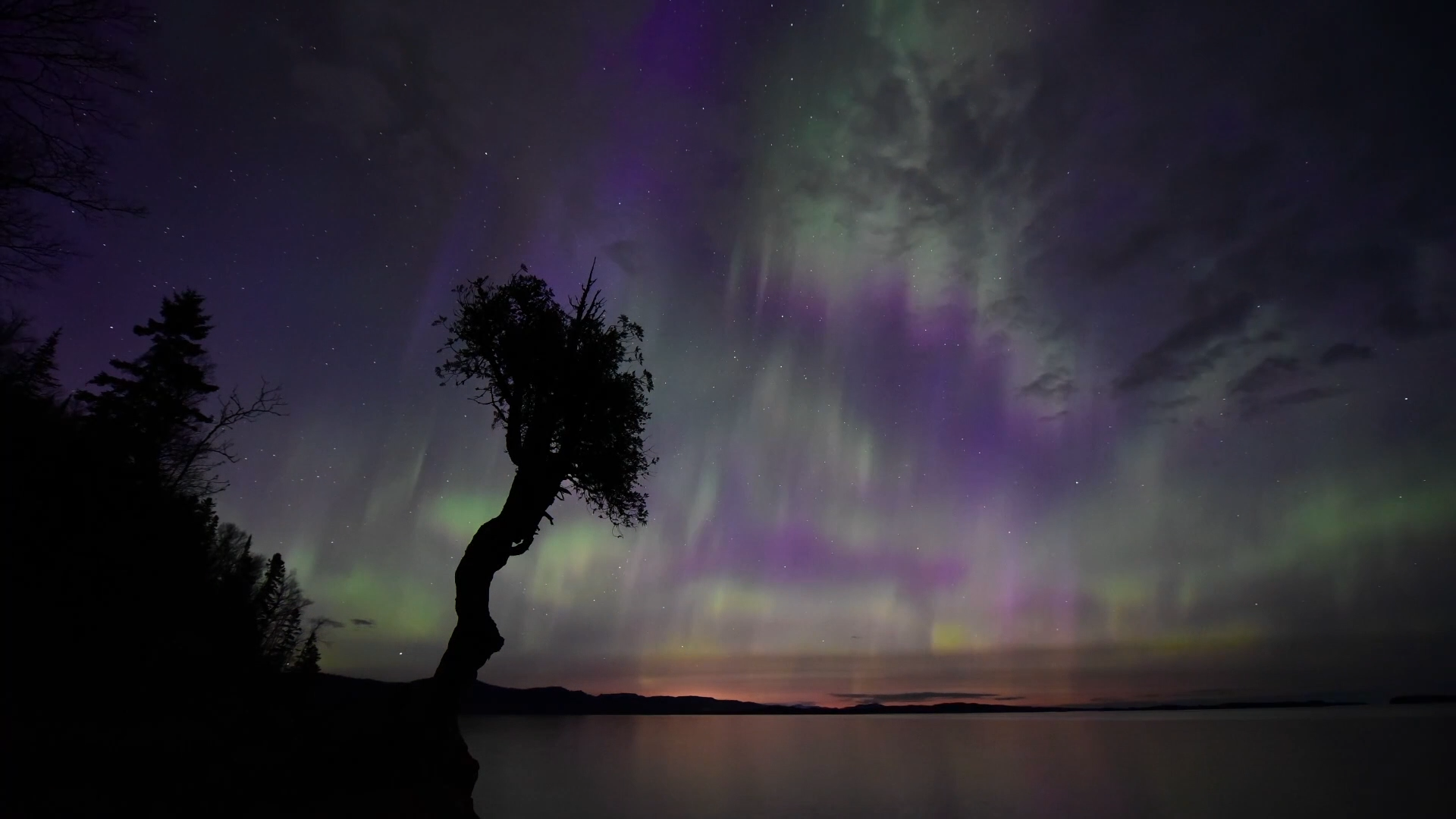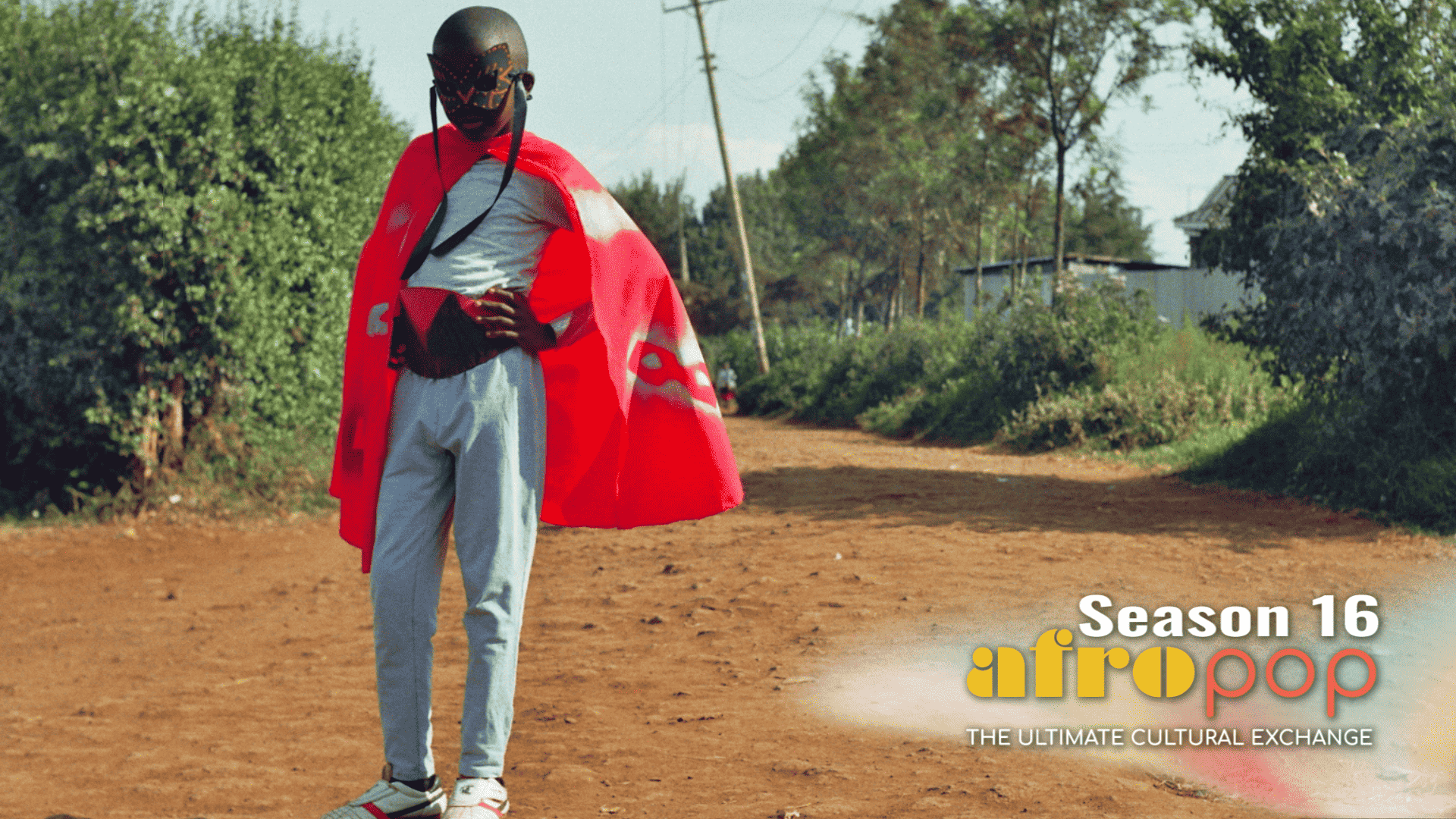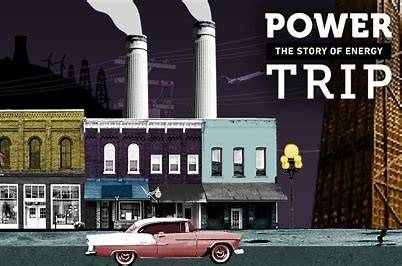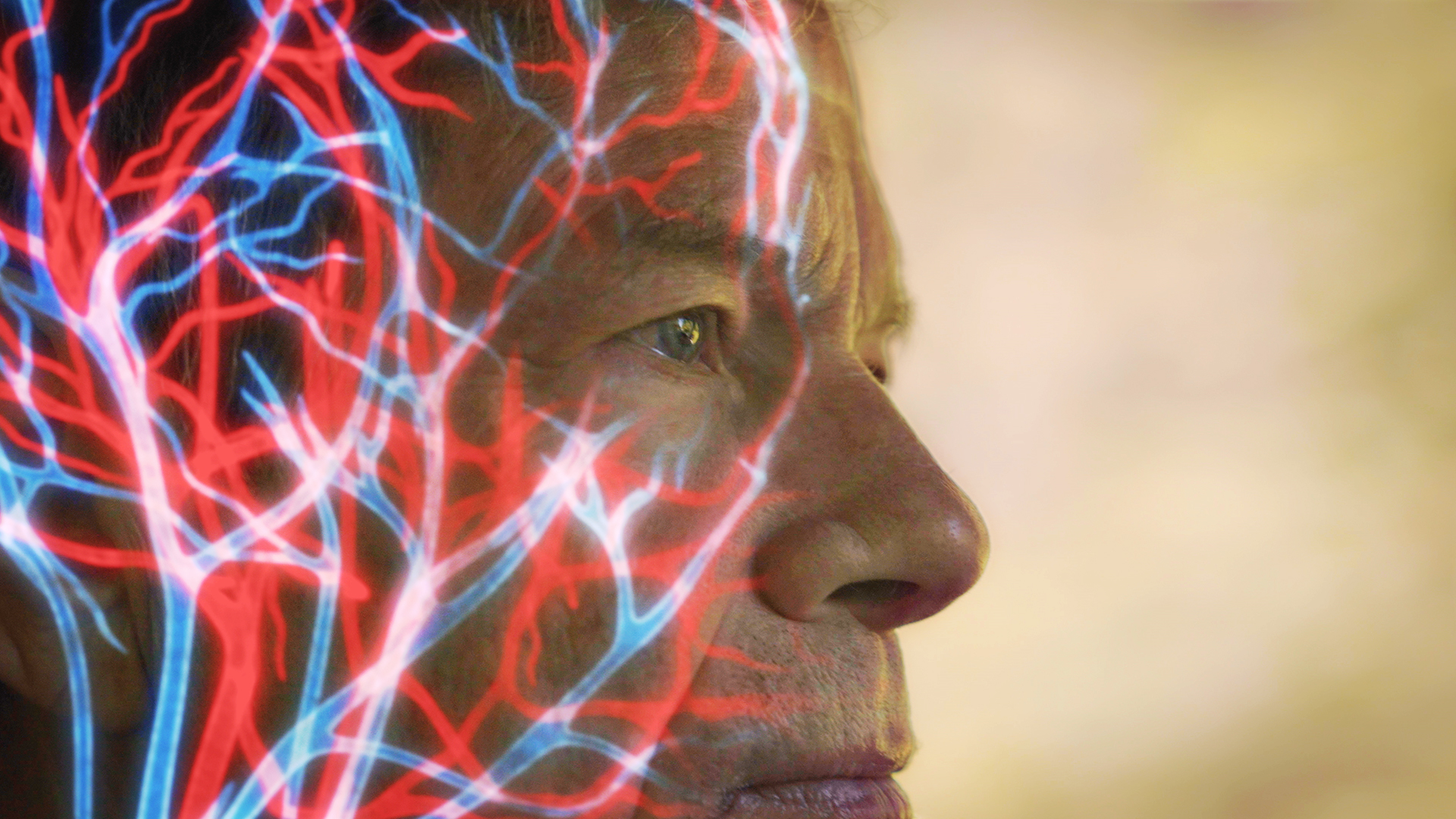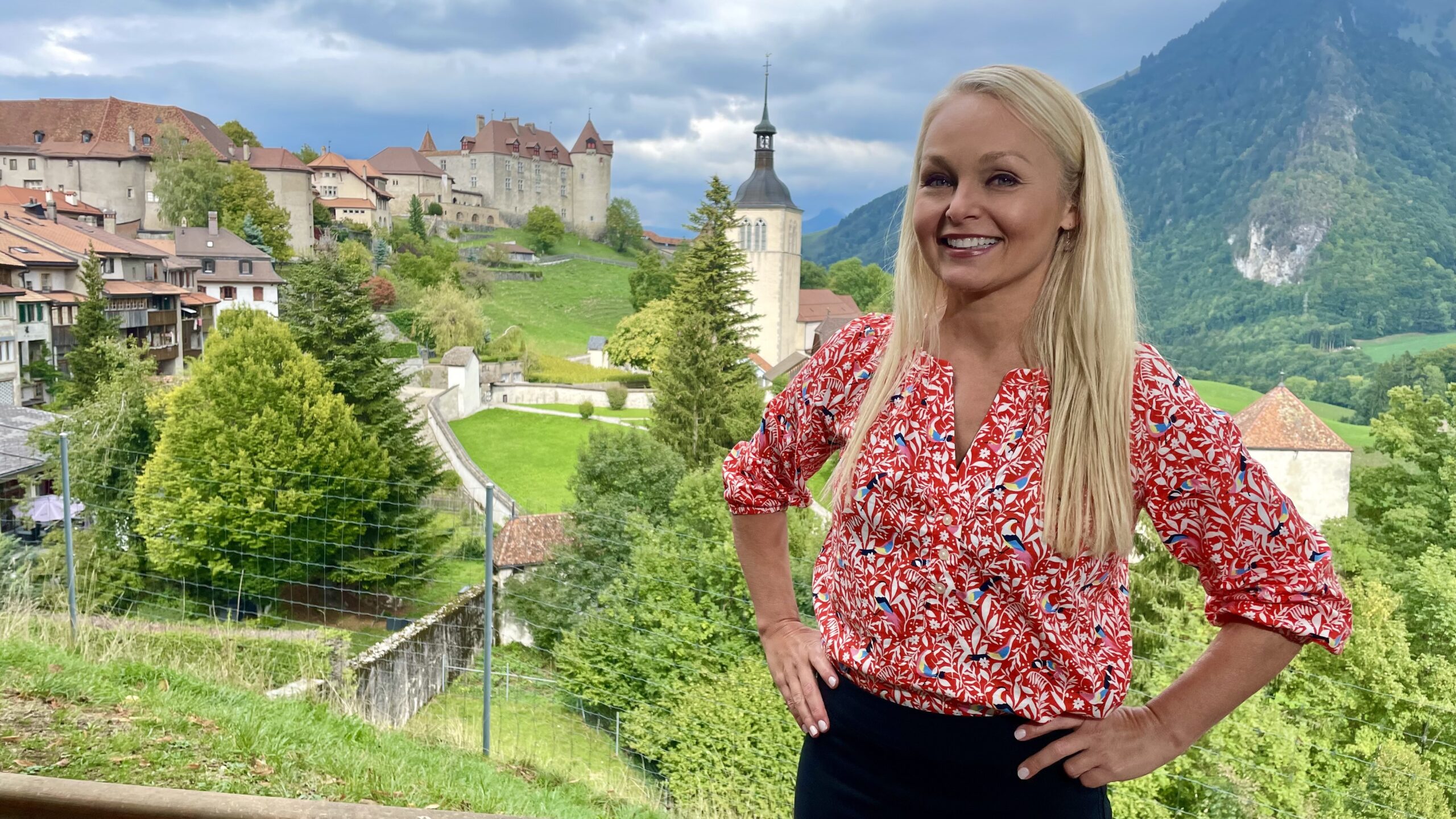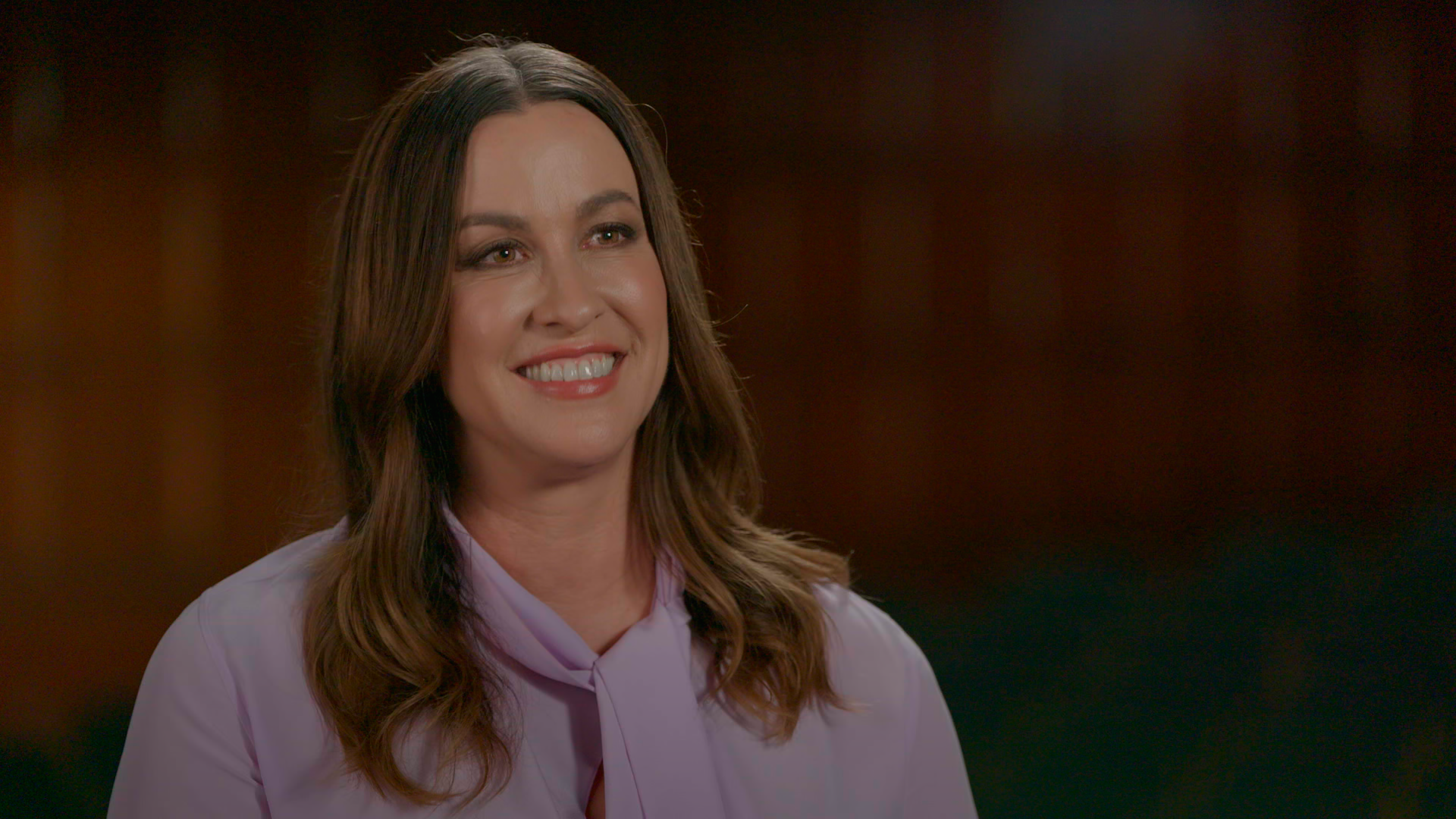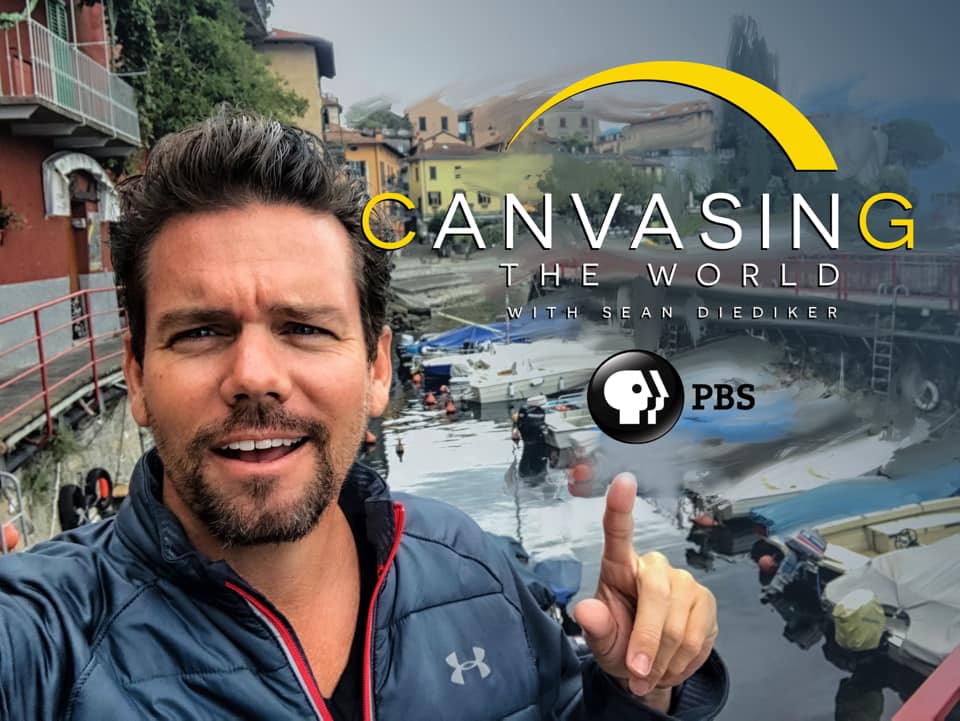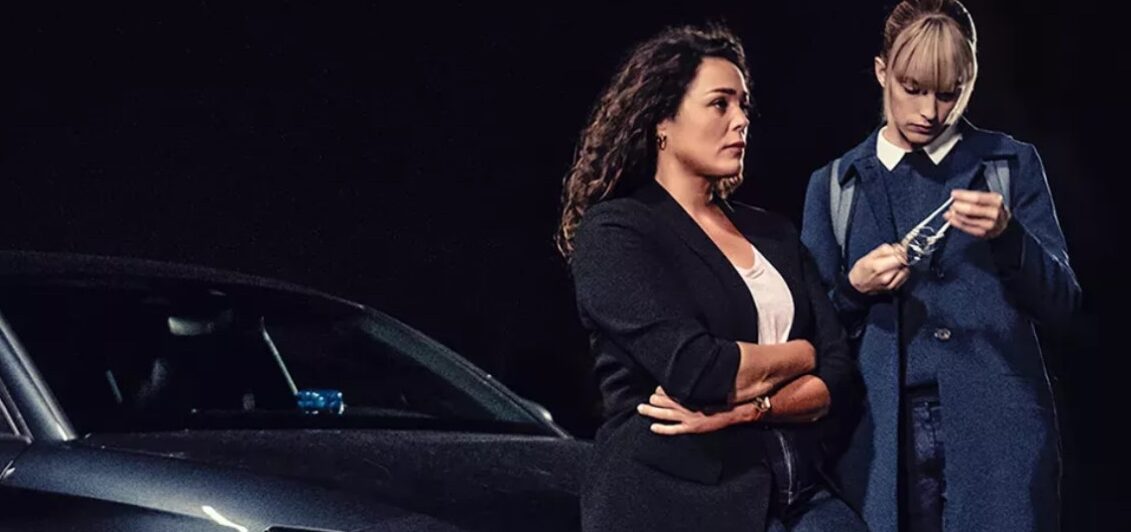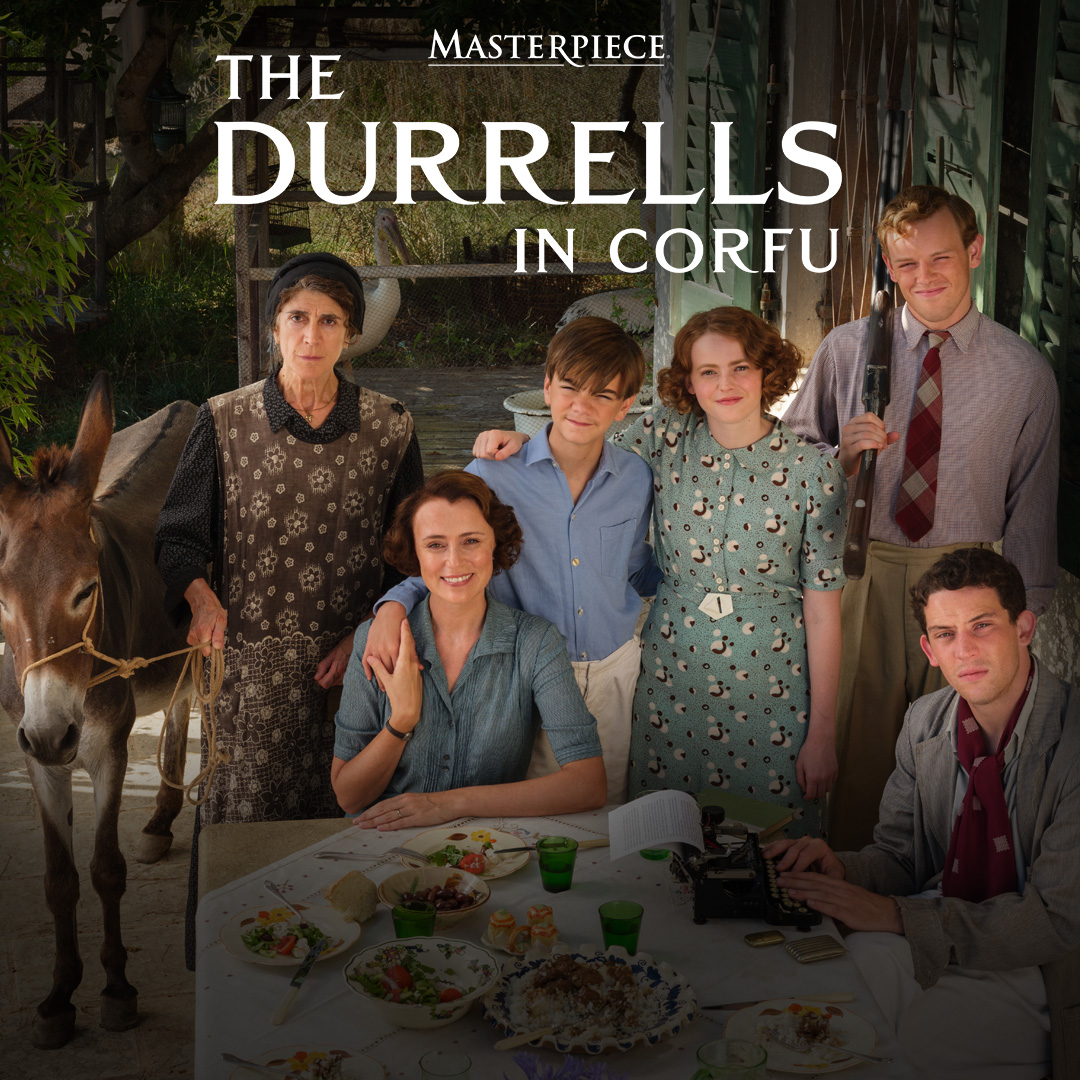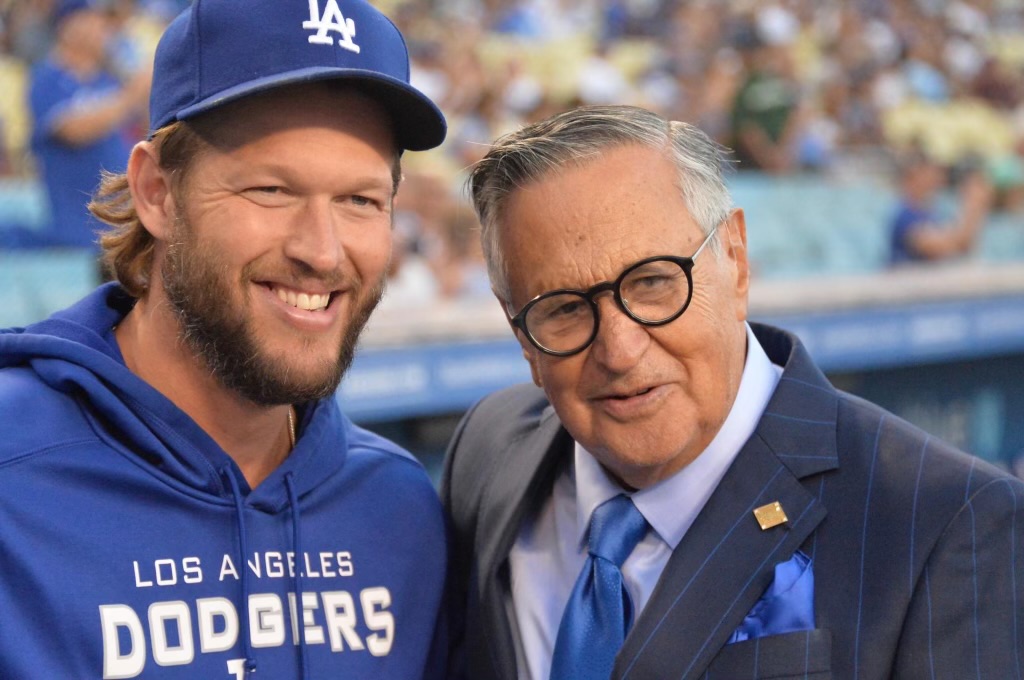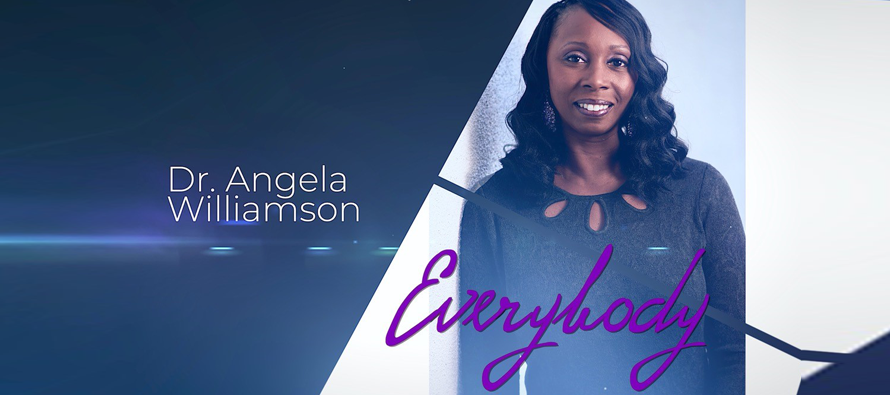After leaving America’s Test Kitchen and Cook’s Country, it’s good to see host Christopher Kimball back on the air with his new show “Milk Street.” Chris talks to KLCS about his favorite Los Angeles places, the concept behind creating this new show for PBS foodie viewers, and his changing food palate that now enjoys spicy foods.
As a long time viewer I went through withdrawals when we didn’t see you on your old show, so it was exciting to see you back on a new show that is similar and comfortably familiar. How is the new show?
A great deal more fun. We travel for this show, which is something we never did.
The show is really about figuring out a new way to cook for me and for the audience. So I’m not standing there doing the same recipes I’ve been doing for 30 years. This is all new. I get to explore the recipes along with the audience, so from that perspective, I’d say it’s a lot more fun.
How does it feel like to be on Milk Street?
It’s even better than being on Sesame Street. It’s the next street over! It’s great.
We have about 40 people here, we’re doing the cooking that – this is how I actually cook now. It’s looking towards the future of home cooking and food, not the past. I know this sounds like a lot of marketing hype, but you really can produce much better food pretty quickly by figuring out how a lot of people cook around the world. It’s not different recipes, as much as it is a completely different way of thinking about what cooking is. Every day we’re learning something about cooking, it’s the old thing about the patent office deciding they’re going to close down having nothing to invent. (laughs) I think I got to the point in my career where I thought we’d pretty much done everything and it turns out there was 95 percent of the world of cooking we hadn’t touched yet.
How did the name come about?
Our address is 177 Milk Street. That’s how brilliant we are. About two years ago we looked at 60 places. I found this place, fell in love with it and my wife who produces our television show and radio show, saw it and said, “We should call it ‘Milk Street’ and I said, ‘That’s the dumbest idea I’ve ever heard.’ And then two months later we decided that actually that was a really good idea. (laughs)
This show has a decidedly worldly flare, you travel to Thailand, Japan, Taiwan and feature za’atar in dishes and cook Somali recipes. Has it been fun to open the menu in a way you didn’t think you would?
For me, and everyone who works on this show agrees – if I go somewhere, we were just in Oaxaca, I’m just learning so much. I’m learning about the techniques, how to make the black beans, what a yellow mole is verses the ‘negro’. I get really involved in that because I’m learning something. Yeah, you’re opening up the menu, you’re opening up what cooking is. It’s a whole different way of thinking about cooking than northern Europe, because in northern Europe it’s about time, temperature and technique, because you’re starting with fairly bland ingredients. There was a recipe from Iran, I just interviewed someone – five cups of herbs when you cook your beans, not five tablespoons. The chilies, fermented sauces, all the spices. The possibilities are endless and it makes it easier to get big flavor, which is what everybody wants because you’re dealing with really powerful ingredients. And Northern Europe is not full of powerful ingredients. Mastering the Art of French Cooking had a handful of spices in that book. So the menu is much bigger and you have many more tools to play with and that just makes it more fun.
In the old show, you couldn’t stand spicy food.
I’m going to defend myself here – in American cooking, very often spice is used to heat. And what I’ve learned is, in Mexico, there are all these different ‘chiles’, but they all have a different flavor. So, it’s not that the food really hot, in terms of heat level, it has spice to it, but it’s got flavor. Generally speaking, I don’t find things to be overly spicy hot. I just find them to be spicy, and that’s different. It’s a different way of thinking about it. Yeah, I’m probably more tolerant of it, but it’s more complex, it’s not just heat.
Did this new show open you up to spicy food? Again we’ve never seen you like spicy food.
Don’t forget, I grew up in-part in Vermont, and the cooking I did was classic Fanny Farmer, New England cooking. There isn’t any spice in that, and when you do have spice, it’s not like you’re putting in ‘guajillo chiles’, which are fruity, you’re just putting heat in. So yeah, my palette was not tuned to all the spices, and now, I’ve obviously had quite a lot of that in the last two years. Either I’m growing up or I’m growing out of my old habits (laughs), but it’s pretty hard to go around the world and not like spicy foods because you’re going to encounter a whole lot of it. If you have a papaya salad in Thailand, that will blow your head off, but most of the other stuff’s fine.
Do you feel you’re growing as a chef and a consumer of food from this show because you are traveling the world?
Absolutely. I’ve chosen a career which forces me to become a better cook, because I have to get on planes and go places. It blows your mind. Here’s what I love – I was in Taiwan making scallion pancakes, I was there for two hours with this lady and she was yelling at me and telling me I was going it all wrong. She spoke Mandarin, I didn’t, and after five minutes we could communicate because we were cooking. I tried to teach her how to make an American pie pastry, that didn’t work out too well. But I learned so much from her and enjoyed being with her and it just opened up my mind. Like flatbreads – American never make flatbreads. The rest of the world uses flatbreads. You can go almost anywhere in the world and make a different flatbread from Italy to the Middle East. Now I make flatbreads all the time. They’re incredibly easy. So, I cooked with a cook from Honduras and we made flatbreads with coconut milk. So yeah, I had to start a company and do a bunch of other things to put myself in the position. I really love it and I think that comes through. You may not want to make all the recipes on our show, maybe some of the recipes are a little bit too off the beaten path, but you always will get the feeling that we’re excited about the food ourselves. And we are.
You’re on our Saturday afternoon cooking lineup, in the hour block with your old show, what’s the feedback from L.A. viewers if any?
I just know we’re in about 98 percent of the country, it was a huge launch, we got into every station, every market and the ratings have been fabulous. He says, modestly. It’s done really well. The comment I get most often when I run into people at a book signing or if I’m traveling, is, “I love to travel, I like marrying the travel to the recipes that you put back in your kitchen and try to make available.” It’s the combination of the two I think. It’s not just travel, it’s not just the recipes, it’s the way you combine them that makes it a more interesting show.
What’s the most asked question?
The question that everybody gets in the food world is – “What’s your favorite recipe?” Or, “What’s the one thing if you were on a desert island, you couldn’t live without?” People come to us because they want to become better cooks, so they’re really interested in the difference between a good cook and a great cook, and how you get from good to great. So a lot of the questions are about – “What do you cook at home?” And “How do you cook at home?”
What’s your answer?
The answer to how I cook at home is I’ve completely changed how I cook at home and I think about recipes in terms of contrasting flavors and textures. I don’t think about them the way I used to. For example, I just did a story on ‘mujadarra’, a Middle East dish of rice and lentils and you put fried onions on top. It’s very simple, but the fried onions are a counterpoint to the fairly bland lentils and rice. Most cultures have real opposing flavors and textures, and they use bitter and charred. So, thinking about recipes that way, a little something at the end, a little spice oil, a little ginger at the end. The way you create contrast is how most cultures think about food, and that’s how I think about it now. I’m sorry, the worst chicken soup in the world, is American chicken soup, because everything tastes like chicken (laughs), but if you go to other places, they have handfuls of herbs, hot sauce on it, crunchy vegetables, ginger in it. It’s a mash up of things and it’s more interesting.
When you’re in L.A. what are some of your favorite places to dine?
I love Travis Lett’s two places in Venice – Gjusta and Gjelina. I’ve been going to Gjelina for years, I went to Gjusta a couple times, which I also thought was fabulous and he really goes a great job with bitter and charred, and he gets all that and he’s really good. I do also like Capo in Santa Monica right on Ocean, I know it’s classic expensive Italian, but they just produce really good food and you can actually hear the other person at your table, which is nice (laughs). Jose Andres, I haven’t been to his place recently, but I love his place. I think Gjelina and Gjusta probably are the two, because I stay in Santa Monica. Russ Parsons has taken me around to a lot of different neighborhoods, and there’s been a lot of great food there. I love the Vietnamese restaurants and I love the Korean food, they’re just great. The neighborhoods are fabulous, and if I say one thing about L.A., that would be the thing – it’s just phenomenal, the neighborhood restaurants. You don’t get that in Boston the way you do in L.A. and that’s why L.A.’s great.
Since everyone in Boston on a PBS cooking show has had a Julia Child story, do you have any Julia Child stories?
I have endless stories about Julia. She called me up once I moved to Boston in the early ‘90s and I thought it was a joke, but it as Julia. She said, “Come over and let’s go to dinner.” I showed up and it was just me and Julia. I’d met her a few times, but I was still awe-inspired. So I’m making a soup or some stupid thing and she shows up with a big tray of oysters and asks me to shuck them just to see if I know how to shuck oysters. And I didn’t, I was terrible, after 10 minutes I was flailing around, she came up and said, “Do you want some help, dearie?” (laughs) in her inimitable voice. I said, “No, I don’t need help, I just need a big glass of wine, you open the oysters and let’s just have a good time.” She liked to do that occasionally. My two favorite stories are – on the set she was supposed to promote an underwriter that was a vineyard and at the end she started to pull the bottle out with Jacques or whoever she was cooking with, so, instead she pulled out a bottle of Budweiser, and cracked it open. I thought that was like Julia, I thought that was just great. The other one was Nancy Silverton, on the baking show, did her brioche tart with a secret sauce. She took a bite and she started tearing up, by the way it’s the best recipe in that book Baking with Julia. And she just started crying because it reminded her of that time. I think those two stories give you the bookends on Julia.
Wow, so you got to go to her house in Cambridge.
I used to go there. Dinner could be boiled new potatoes with caviar and cocktails. Bread machines were coming out, she wanted to try a bread machine, so we did that. There were hundreds of people in Boston that probably spent more time with her than I did, a lot of people went over to her house. The last story, I took her to an Italian restaurant and I had a car with navigation and the voice and [Julia] started talking to the voice like it was a person. (laughs) She kept asking what we should do now. We got to the Italian restaurant, it was really dark and she hated dark restaurants, she said to the waiter, “Could you turn up the lights?” He said ‘yes’, but he didn’t, so finally she took out this Watchman’s flashlight from her bag, this gigantic flashlight and just turned it on (laughs) and illuminated the entire corner of the restaurant and said, “Now I can read the menu.”
Is there anything you want to add about Milk Street?
I really think that the last bastion of American cooking is what we do at home. But if you think about restaurants, everything else has changed, but home cooking hasn’t really. It’s just starting to change and I think five to 10 years from now, you wont recognize it, it’s going to be totally different. Back in the ‘80s, we all sat down, Florence Fabricant of the New York Times and a bunch of other people, we talked about the American restaurant revolution. Yeah, it happened, but it took time. And that’s where we are now. Home cooking – we’re cooking food that’s very similar to what Fanny Farmer was doing in 1896, it really hasn’t changed all that much, but it is now. You can get the ingredients and people know what they are. People have heard of ‘za’atar’ and they know what pomegranate molasses is, and they’ve heard of ‘gochujang’. All of this stuff is going to be common in a few years and we won’t be cooking the same way we used to from the last hundred years, it’s really going to change. At Milk Street I’m trying to get out in front. At the old place, I asked people what they want, and gave it to them. Now, we’re out in front, and it’s a little tricky, because you can’t be too far out in front, but I think that’s what’s exciting. We’re out in front trying to influence the direction of where we’re going a little bit and helping with that. And that’s more fun than giving people what they tell you they want. It’s just more exciting.

